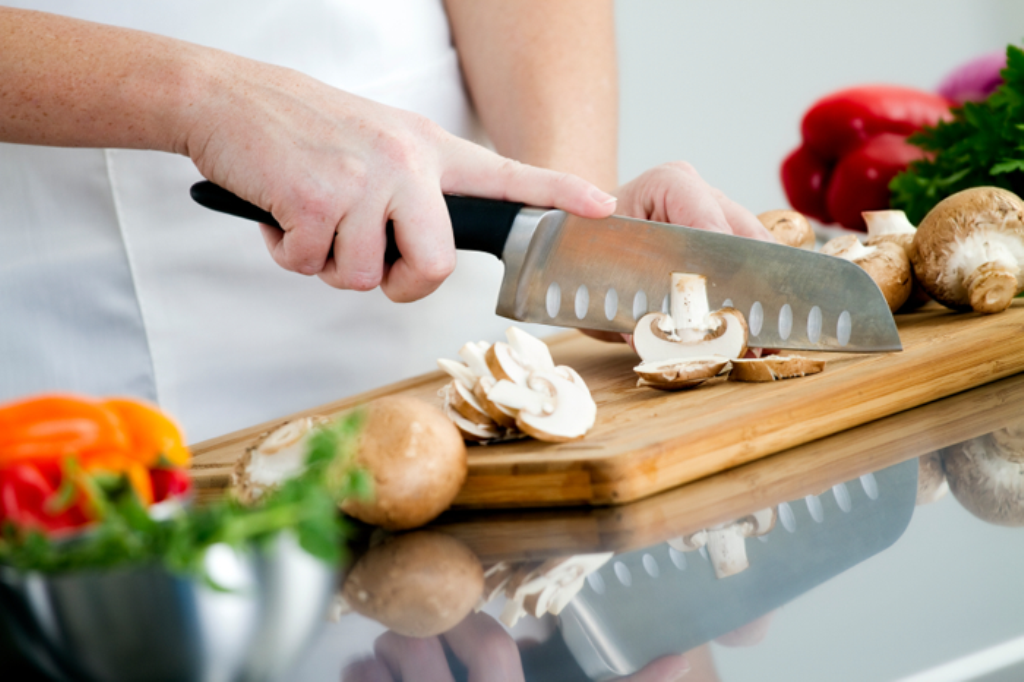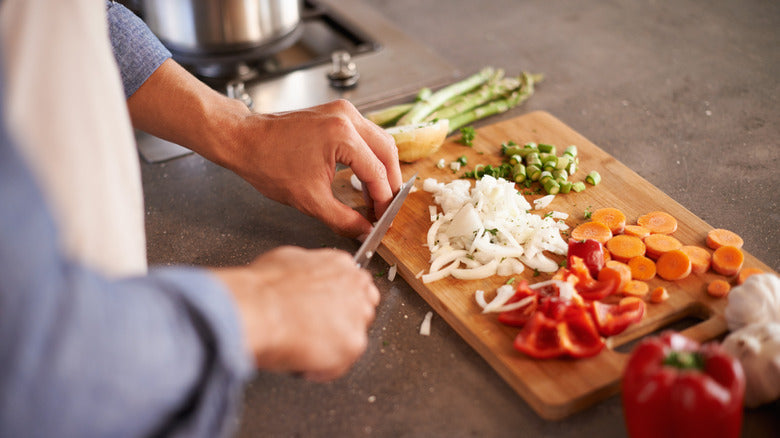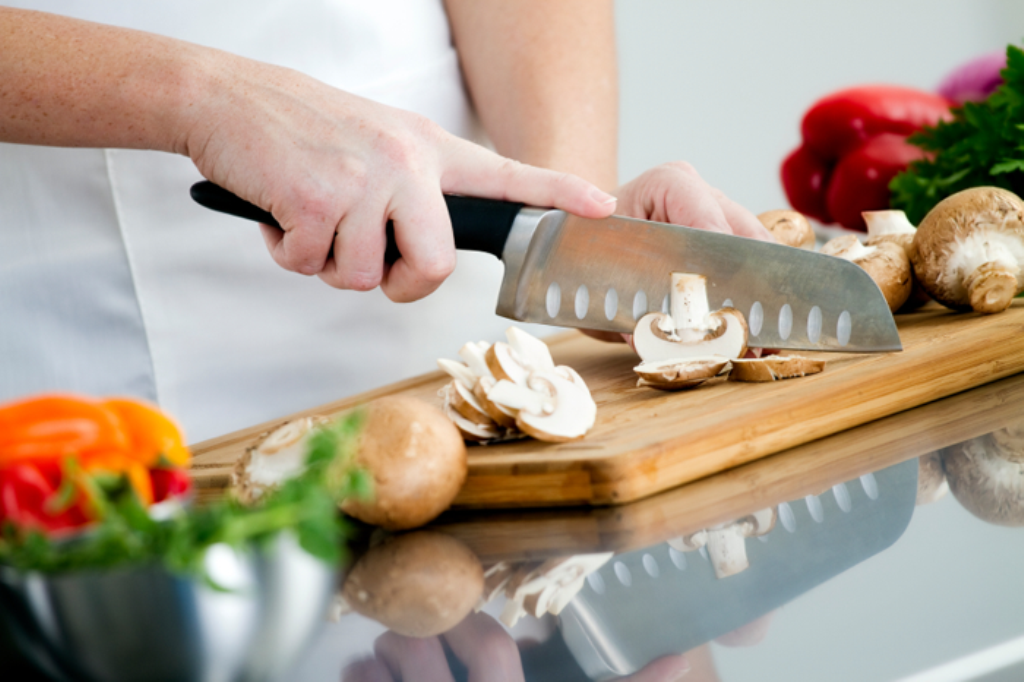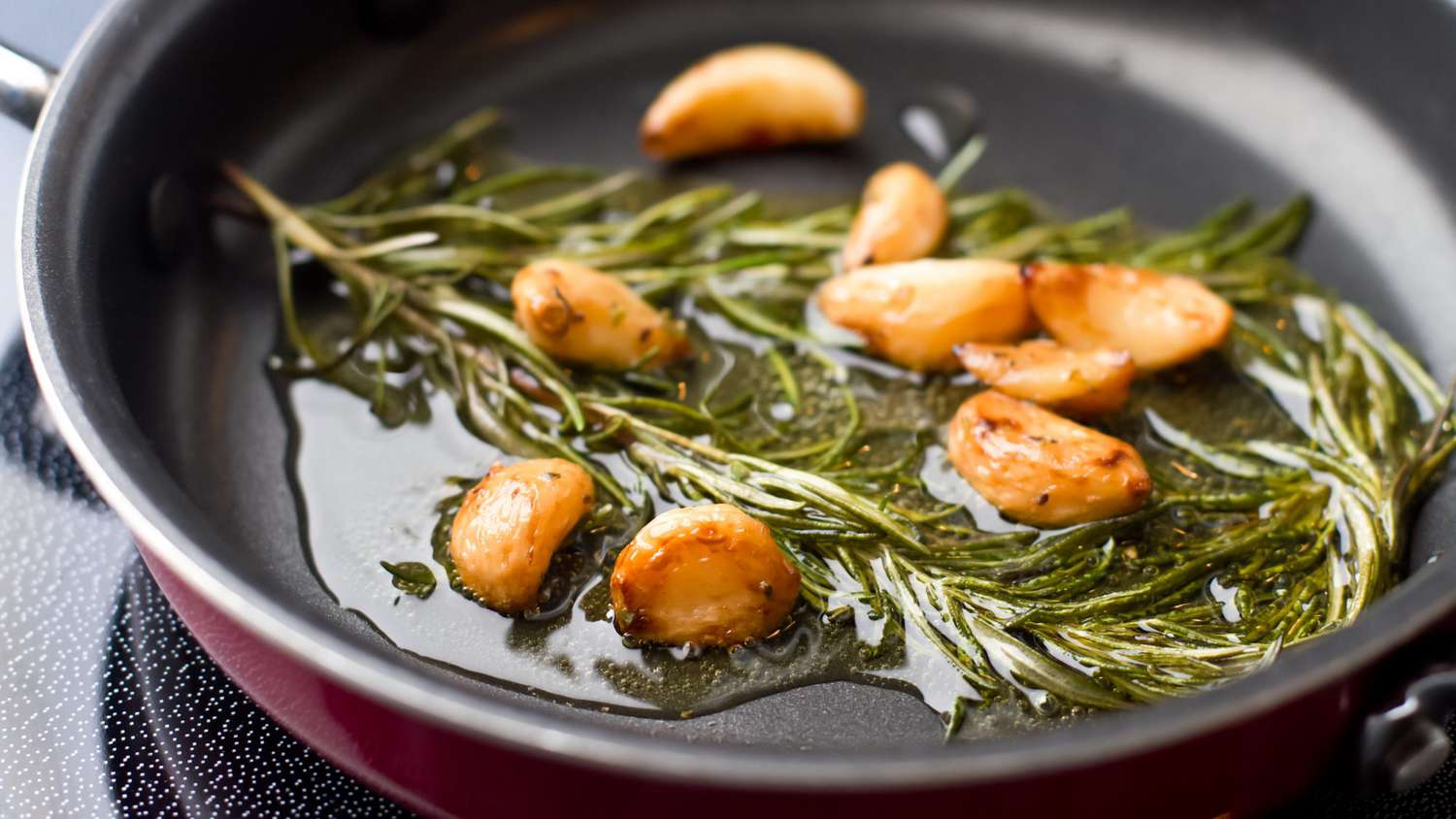A well-made cutting board is an essential tool in any kitchen, especially for professionals who rely on durable materials for their daily tasks. If you're seeking to understand how to glue up a cutting board, whether for personal use or professional ventures, you've come to the right guide. In this article, we'll take you through the detailed and practical steps of creating a seamlessly glued cutting board that will stand the test of time.
Kitchen professionals know that durable cutting boards aren't just about aesthetics but craft and quality. Properly gluing up a cutting board ensures the functionality and longevity of this essential kitchen accessory.

Why Is Knowing How to Glue Up a Cutting Board So Important?
The process of gluing a cutting board might seem minor, but the final product depends greatly on getting it right. Cutting boards are subject to constant wear and tear. A poorly assembled board can warp, split, or fail to withstand regular use. For professional chefs, this is a no-go.
Whether you're creating a custom size cutting board for specific tasks or repairing a beloved board that needs a refresh, the gluing process is central to its success. With precision, quality glue, and the right materials, you can craft a strong, durable, and aesthetically pleasing board.
The Tools and Materials Youll Need
Before diving into how to glue up a cutting board, lets look at the essential tools and materials you'll need:
- Wood strips or blocks (preferably hardwood, like maple, walnut, or cherry)
- Waterproof wood glue (such as Titebond III)
- Bar clamps or pipe clamps
- Sanding blocks or orbital sander
- A razor scraper or chisel for excess glue
- Mineral oil or cutting board conditioner
Make sure your chosen wood is food-safe and appropriate for prepping food items. Read more about using cutting boards safely here.
Choosing the Right Glue
Not all glues are created equal when it comes to cutting boards. Since cutting boards are often exposed to water and food substances, you must use waterproof, food-safe wood glue. Titebond III is a preferred choice for such projects due to its superior adhesion and water resistance.
Step-by-Step Guide: How to Glue Up a Cutting Board
Step 1: Prepare Your Wood Pieces
Start by cutting your wooden strips or blocks to the desired sizes. Align the pieces to confirm they fit well before applying glue. If youre working with mixed woods for a unique pattern, now is the time to decide the design.
Step 2: Apply Glue on the Wood Edges
Generously apply your waterproof glue to the edges of the wood pieces youll be joining. Use a small brush or your finger to ensure the glue covers the entire edge evenly.
Pro tip: Work in small sections to prevent the glue from drying before you clamp the pieces together.
Step 3: Align and Clamp Your Cutting Board
This step is crucial. Proper alignment ensures your cutting board is not only functional but visually appealing. Once aligned, secure the wood pieces using bar clamps or pipe clamps. Apply even pressure, but not excessively, to avoid warping.
Step 4: Remove Excess Glue
As you tighten the clamps, glue will likely squeeze out from the joints. Use a razor scraper or damp cloth to remove the excess before it dries. This step saves you additional sanding later.
Learn about ways to maintain a cutting board here.
Step 5: Allow the Board to Cure
Patience is key here. Let your glued cutting board rest undisturbed for at least 24 hours. This ensures that the glue binds effectively and the board gains strength.
Step 6: Sand the Board
Once cured, remove the clamps and sand the board. Start with coarser sandpaper to remove dried glue and uneven wood, then move to finer sandpaper for a smooth, polished finish. Be meticulous in this step, as it impacts the boards usability and look.
Step 7: Apply a Food-Safe Finish
Now that the board is glued and sanded, finish it off with a food-safe mineral oil or cutting board conditioner. Apply generously to all sides, and let the oil sit before wiping off the excess. This protects the board and enhances its appearance.
Common Mistakes to Avoid
Even seasoned kitchen professionals can make mistakes during the gluing process. Here are some pitfalls to watch out for:
- Using non-waterproof or non-food-safe glue
- Uneven clamping that leads to gaps or misalignments
- Not allowing sufficient curing time
- Skipping or rushing the sanding process

FAQs
1. How long does it take to glue up a cutting board?
The process itself, including preparing the wood and clamping, takes around an hour or two. However, youll need to wait at least 24 hours for the glue to fully cure.
2. Can I use any type of glue?
Always opt for waterproof and food-safe glue. Titebond III is a popular choice among professionals.
3. How do I maintain the glued cutting board over time?
Regularly oil the board with food-safe mineral oil and avoid prolonged exposure to moisture. Learn how at protect your cutting board.
For additional insights on cutting board safety and usage, check out this guide.
This article contains affiliate links. We may earn a commission at no extra cost to you.






Leave a comment
This site is protected by hCaptcha and the hCaptcha Privacy Policy and Terms of Service apply.